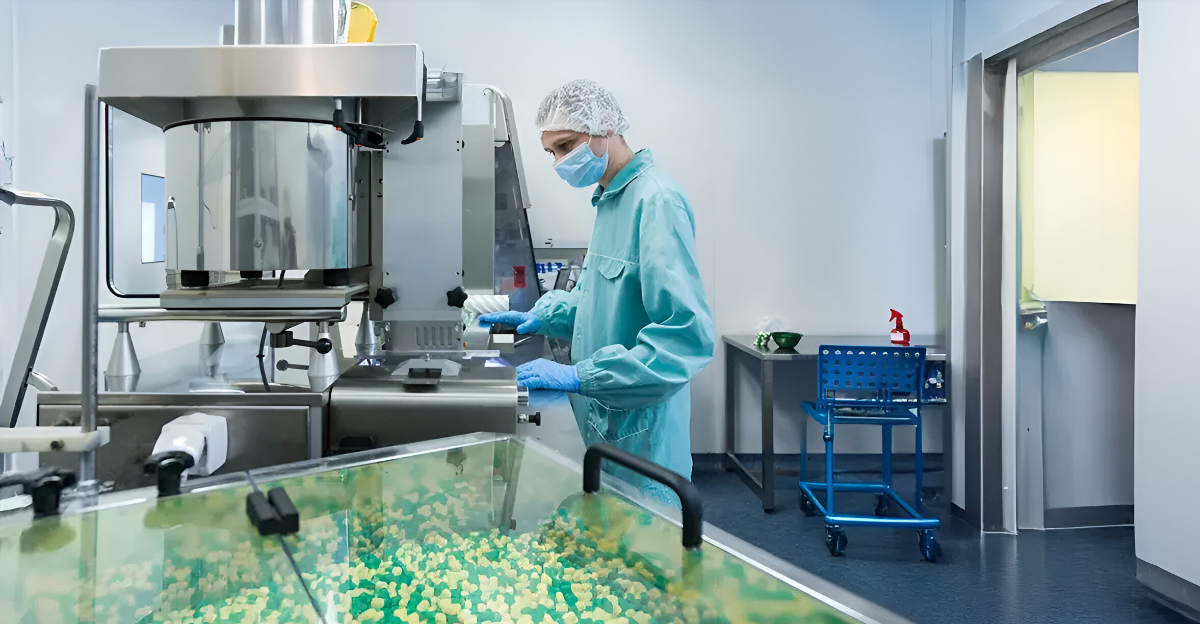
Celltrion, a well-known South Korean biopharmaceutical company, is ramping up its U.S. operations by acquiring a manufacturing facility from Eli Lilly for $330 million. This strategic move signifies a growing trend among international pharmaceutical firms to bolster their American production capabilities, aligning with the increasing emphasis on “Made-in-America” policies.
The deal not only highlights Celltrion’s commitment to expanding its U.S. footprint but also reflects the shifting dynamics within the pharmaceutical industry, where supply chain resilience is increasingly prioritized. As companies adapt to global uncertainties, investments like these are becoming essential for long-term strategic growth.
Strategic Shifts in Pharma
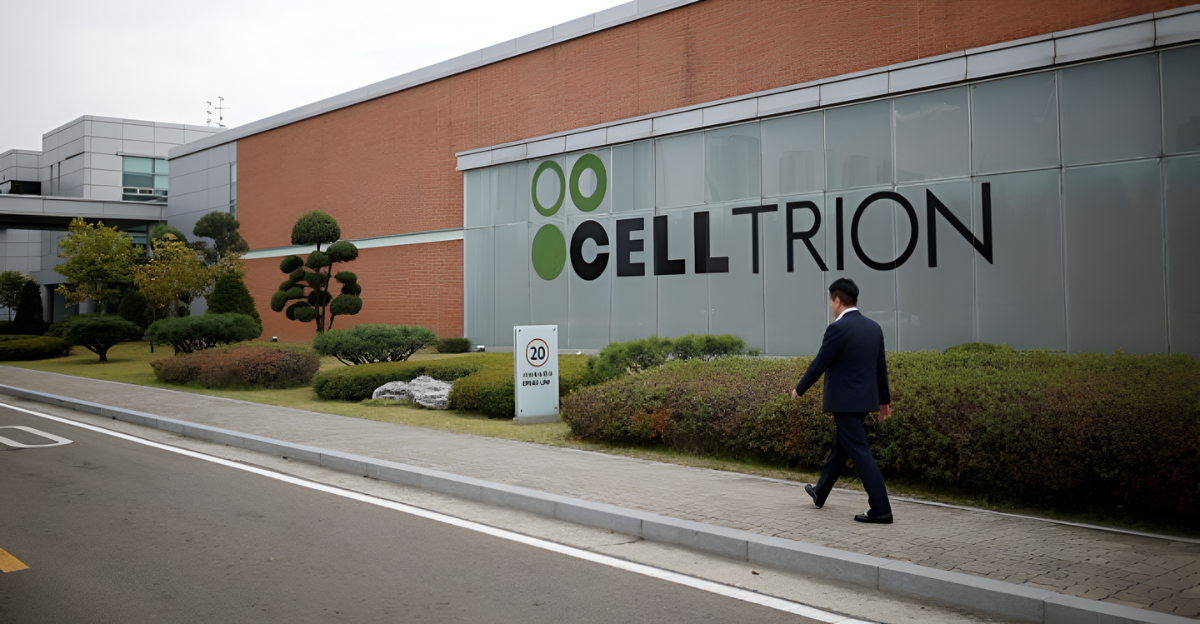
The pharmaceutical landscape is experiencing notable strategic shifts as companies invest in domestic production. Celltrion’s acquisition is a prime example of this trend, driven by the need to mitigate tariff risks and enhance local production capabilities. Global events have underscored the vulnerabilities of international supply chains, prompting firms to reconsider their strategies.
By focusing on U.S. manufacturing, Celltrion and its peers are not only securing supply chains but also strengthening the domestic economy. This investment trend is reshaping industry norms and underscoring the importance of local production for achieving a competitive advantage in an evolving market.
Industry Context and Transformation
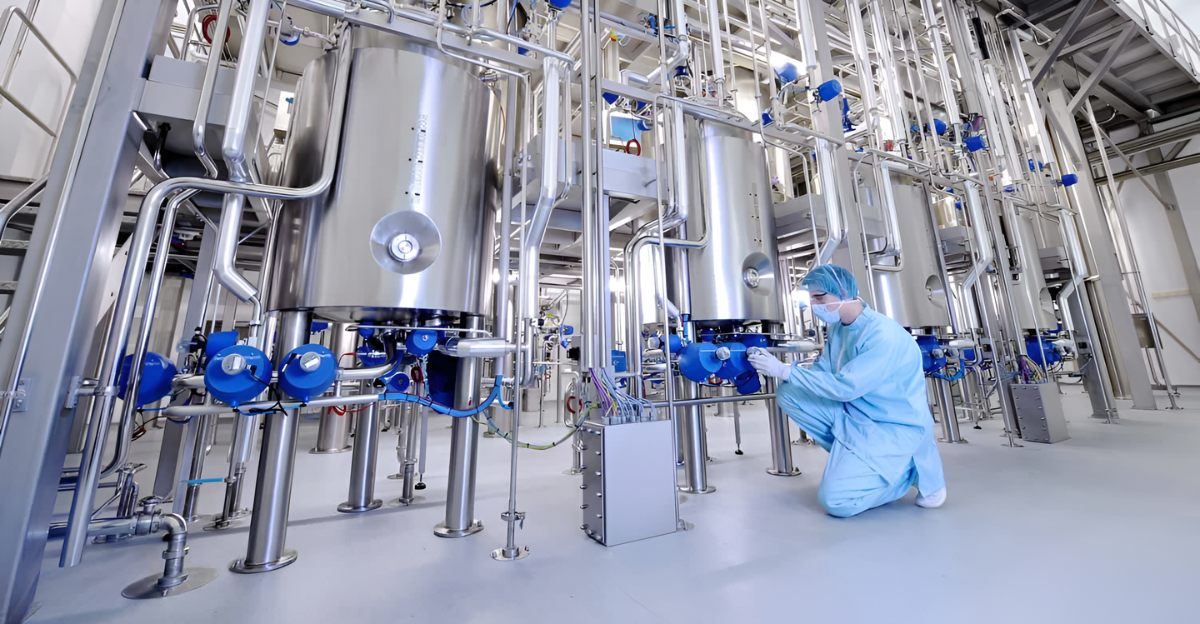
In an era marked by rising global tensions and regulatory changes, the biopharmaceutical sector is actively working to reduce its reliance on international supply chains. Companies are establishing local production bases to ensure stability and adaptability to regulatory environments.
Celltrion’s move aligns with this strategic direction, emphasizing the significance of planning amid global uncertainties. The drive towards localized supply chains goes beyond mere compliance; it reflects a proactive approach to safeguarding against disruptions. As the industry navigates these changes, the importance of a robust domestic presence becomes increasingly apparent.
Addressing Mounting Pressures
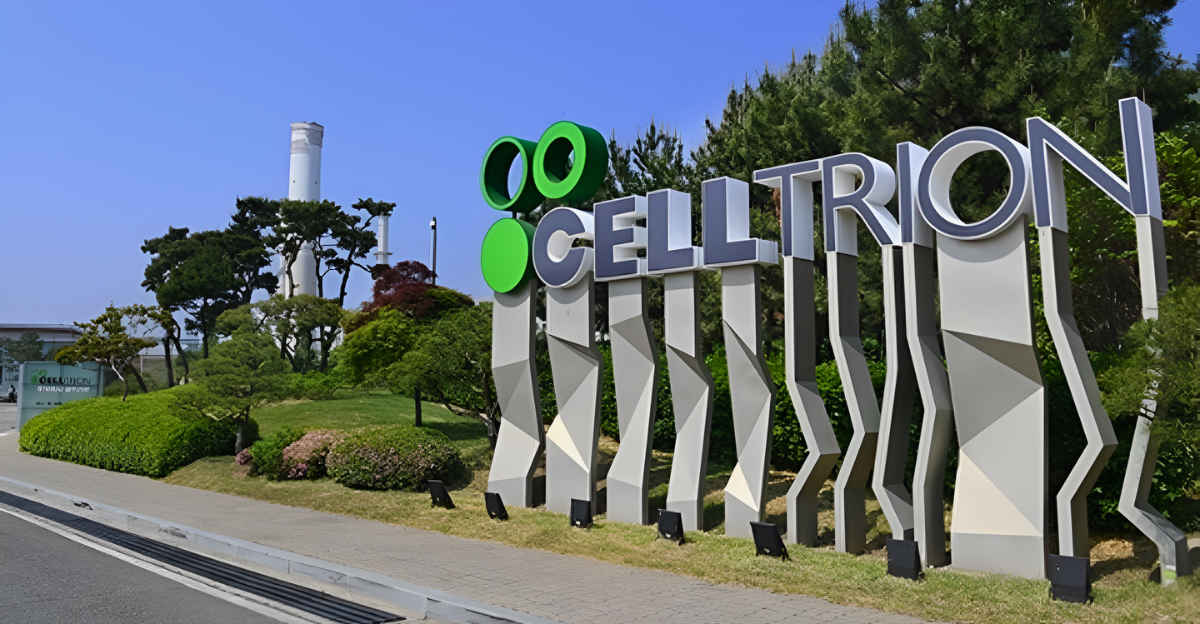
Global pharmaceutical firms are under increasing pressure from a complex landscape of regulatory challenges and geopolitical uncertainties. Establishing production bases within the U.S. serves as a strategic response to these pressures, ensuring compliance with local regulations while reducing the risk of international trade disputes.
By positioning itself in the U.S., Celltrion can navigate the regulatory waters more effectively, thus enhancing its operational resilience. This acquisition is not just a financial transaction; it’s a calculated move to foster stability in a volatile environment. Companies that adapt quickly may find themselves at a distinct competitive advantage.
Acquisition Details
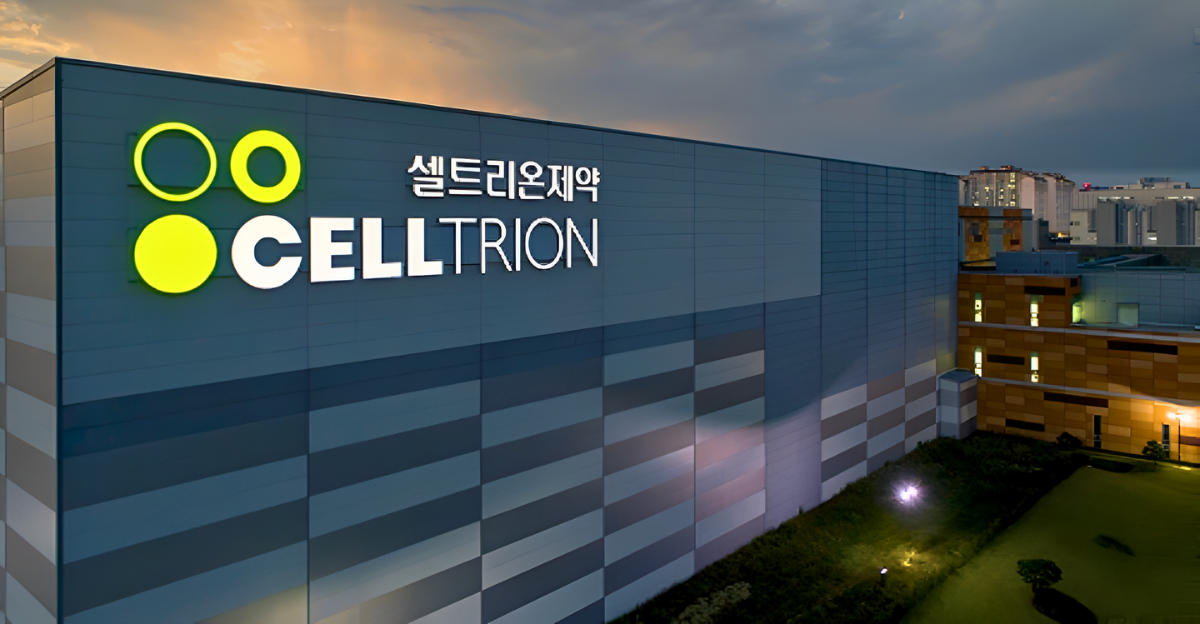
Celltrion has officially acquired Eli Lilly’s New Jersey facility for $330 million, marking a significant step in its strategy to solidify its presence in the U.S. This facility will not only produce products for both Eli Lilly and Celltrion but also aims to expand its capacity in the future.
This acquisition is part of Celltrion’s broader efforts to mitigate tariff risks associated with international production. As a strategic asset, the New Jersey facility is expected to play a crucial role in enhancing operational efficiency and positioning Celltrion favorably in the competitive U.S. pharmaceutical market.
Regional Impact of the Acquisition
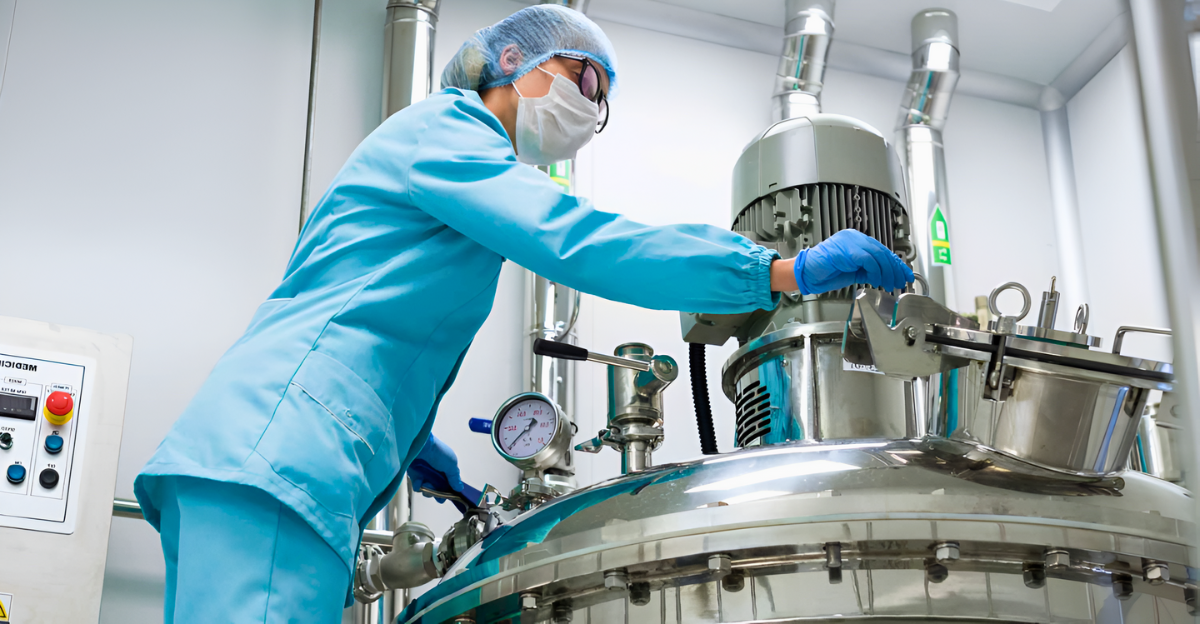
The acquisition of Eli Lilly’s New Jersey facility is expected to have a significant regional impact. By establishing a local production hub, Celltrion will significantly reduce logistics costs and improve supply chain efficiency. This move aligns with national efforts to enhance U.S. manufacturing capabilities, as local production can foster job creation and economic growth.
Analysts suggest that the facility will not only serve Celltrion’s needs but also invigorate the local economy by attracting further investments and collaborations. The ripple effects of such investments can enhance community resilience and bolster the region’s standing in the biopharmaceutical sector.
Emphasis on Workforce Retention

A noteworthy aspect of Celltrion’s acquisition is its commitment to retaining the existing workforce at the New Jersey facility. Ensuring continuity of operations and leveraging the expertise of current employees will be crucial for the smooth integration of Celltrion’s operations.
Chairman Seo Jung-jin stated, “We aim to build on the strong foundation already in place and create new opportunities for local talent.” Additionally, Celltrion plans to hire more local staff, thereby enhancing job prospects in the region. This decision reflects a commitment to community engagement and acknowledges the value of local knowledge in achieving operational success.
Competitor Landscape

Celltrion is not the only Korean pharmaceutical company eyeing U.S. production capabilities. Competitors like Lotte Biologics and SK Pharmteco are also making strides to establish stateside manufacturing bases. This trend is indicative of a competitive strategy aimed at securing market share in the U.S. market while mitigating tariff-related risks.
As more companies pursue local production, the landscape will likely become increasingly competitive, reshaping the dynamics within the pharmaceutical sector. Companies that fail to adapt may find themselves at a disadvantage as peer firms strengthen their foothold in this critical market.
Regulatory Compliance Considerations
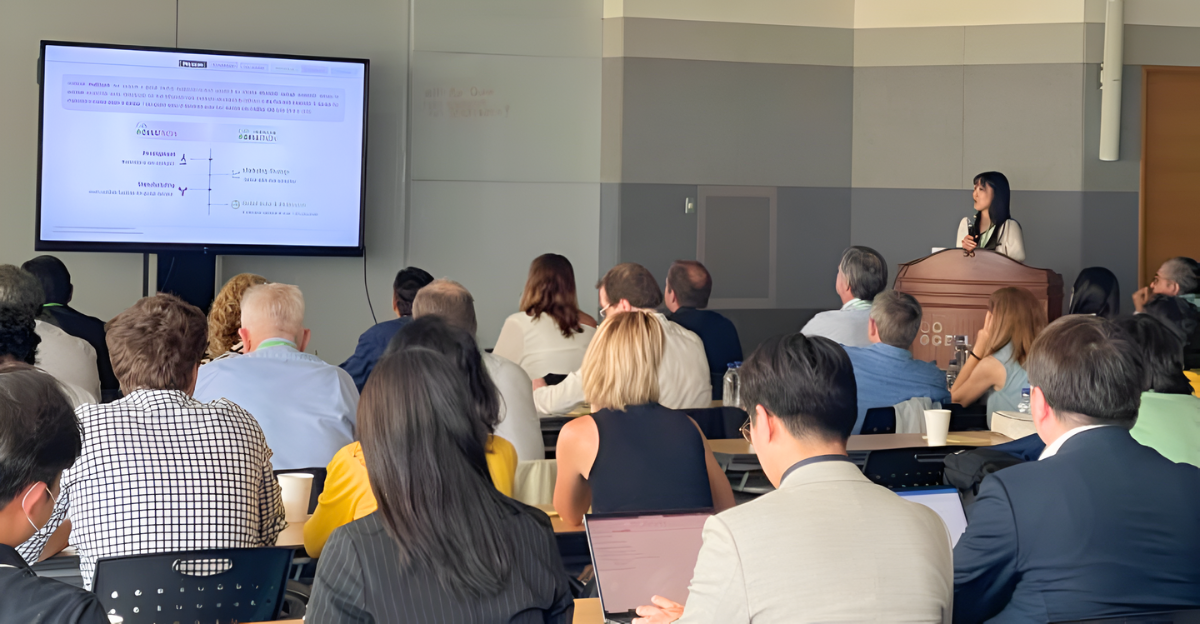
The significance of regulatory compliance cannot be overstated in the pharmaceutical industry. Celltrion’s acquisition underscores this imperative, enabling the company to navigate local regulations more effectively, respond to evolving standards, and establish a production base in the U.S., which positions Celltrion advantageously in terms of compliance.
This investment not only serves as a strategic operational hub but also enables the company to engage more effectively with regulatory agencies. By proactively addressing compliance, Celltrion can also mitigate potential risks associated with product approvals and market access, further solidifying its presence in the U.S.
Cost Savings Ahead
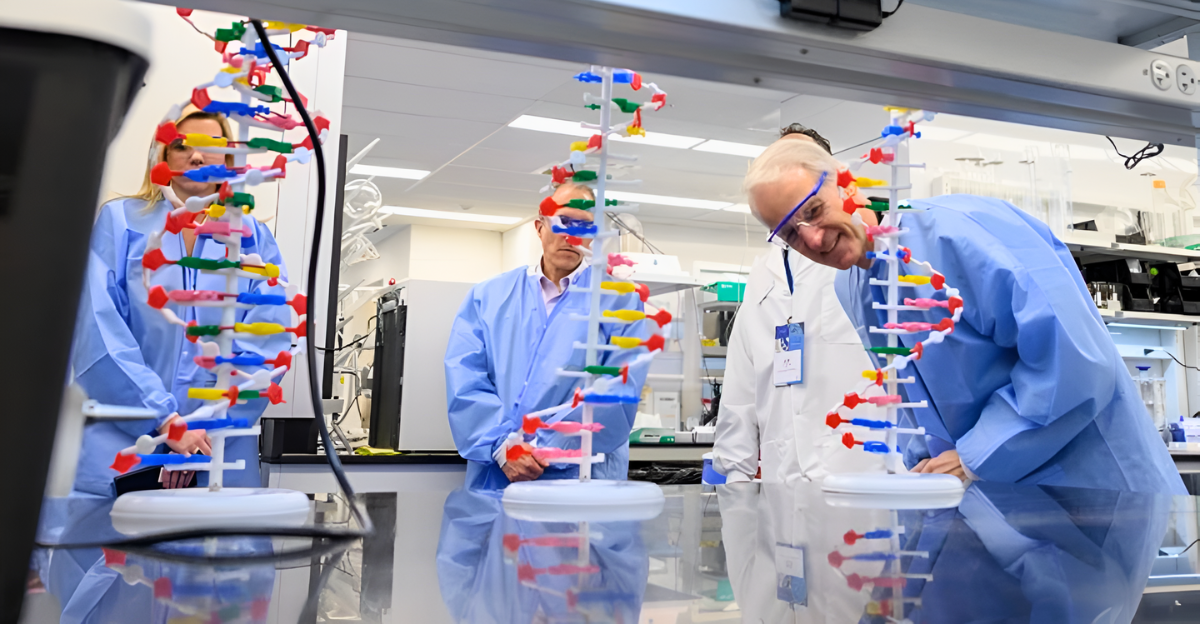
Celltrion anticipates significant cost savings from this acquisition, which is a vital aspect of its overall strategy. By avoiding the expenses associated with new construction and reducing logistics costs, the company aims to enhance operational efficiency and competitiveness in the demanding U.S. market.
This expected financial benefit is crucial for Celltrion as it seeks to maintain profitability while ramping up production. As Chairman Seo Jung-jin remarked, “We are determined to optimize our resources to ensure we are at the forefront of the biopharmaceutical industry.” This strategic foresight positions Celltrion for long-term success.
Stakeholder Perspectives
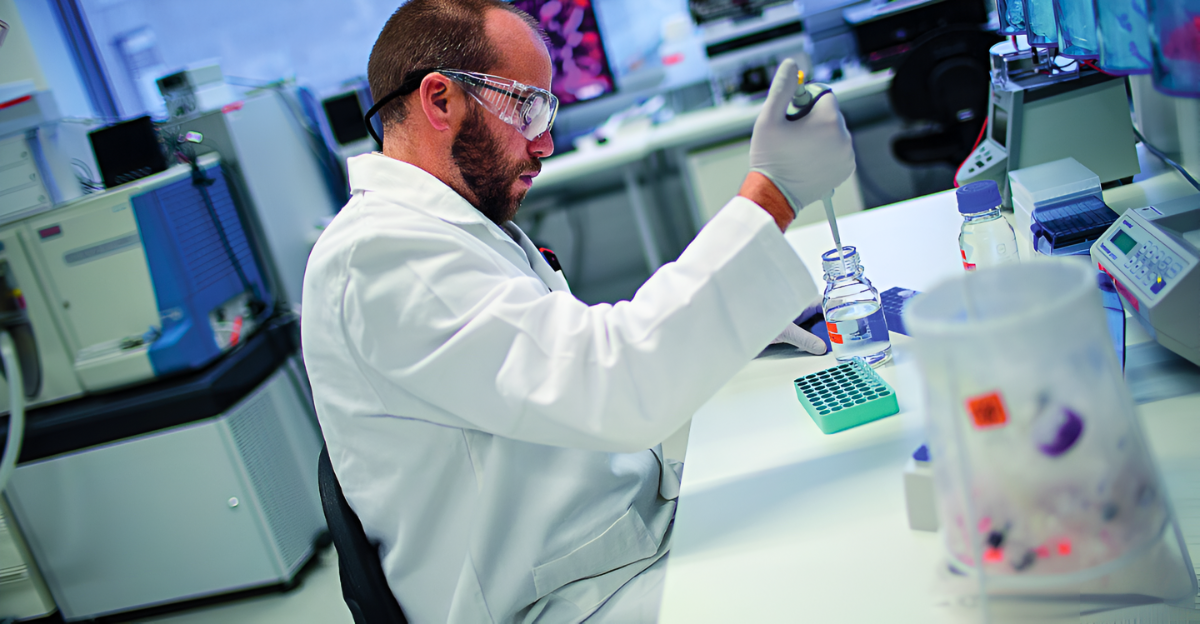
The transition toward U.S. production bases has not been without challenges, leading to concerns voiced by industry stakeholders about regulatory hurdles and workforce management. Many analysts have noted the complexities involved in balancing localized production with the operational intricacies of global supply chains.
However, companies like Celltrion are actively laying the groundwork to overcome these obstacles. As one industry expert remarked, “While the challenges are real, the long-term advantages of localized production far outweigh them.” This perspective reflects a cautious optimism about the future of U.S. manufacturing in the pharmaceutical sector.
Leadership Priorities and Vision

In a rapidly evolving industry, Celltrion’s leadership, under Chairman Seo Jung-jin, has underscored the strategic importance of the company’s U.S. expansion. The decision to acquire the New Jersey facility aligns with a broader shift in leadership priorities toward localized production and securing a sustainable market position.
“Our focus is not only on immediate growth but also on establishing a stable foundation for our future,” said Seo Jung-jin. The commitment to this acquisition reflects a long-term vision, positioning Celltrion to respond strategically to future challenges in a competitive landscape.
A Comeback Strategy
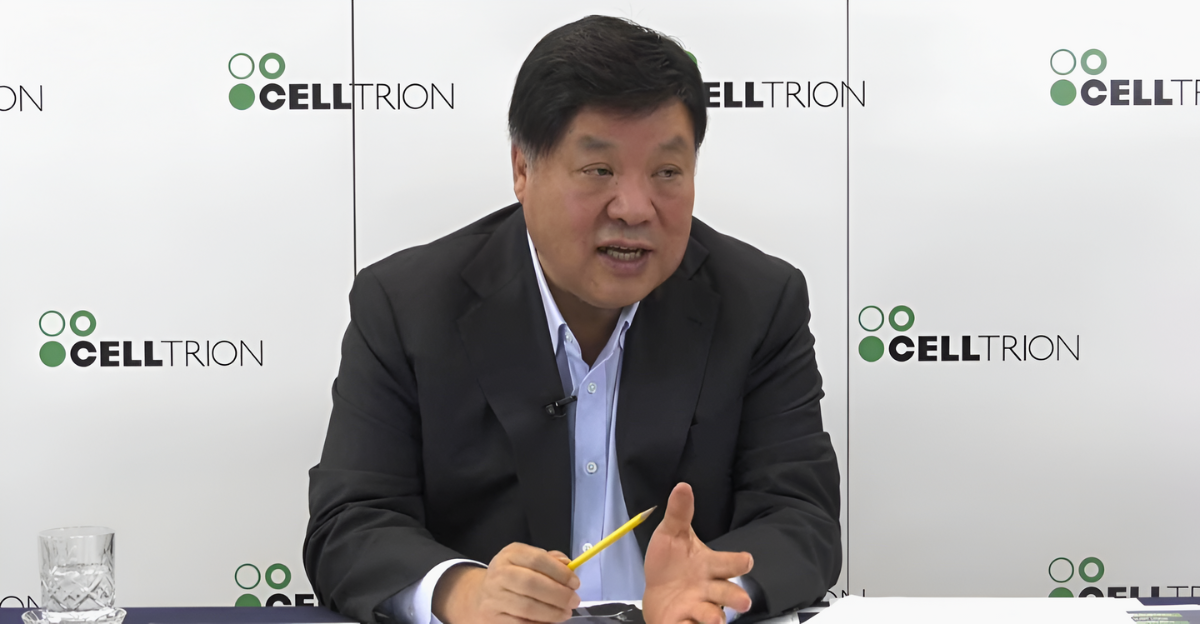
Celltrion’s investment in the New Jersey facility is part of a broader comeback strategy aimed at enhancing its global market presence. By strengthening its U.S. production capabilities, the company is not only targeting immediate gains but also focusing on regaining momentum in the competitive biopharmaceutical landscape.
This strategic pivot is crucial for sustaining growth and adapting to market changes. Analysts believe that this move could significantly bolster Celltrion’s long-term viability, as enhancing production capabilities in key markets is essential for maintaining relevance and competitiveness.
Balancing Act of Localized Production
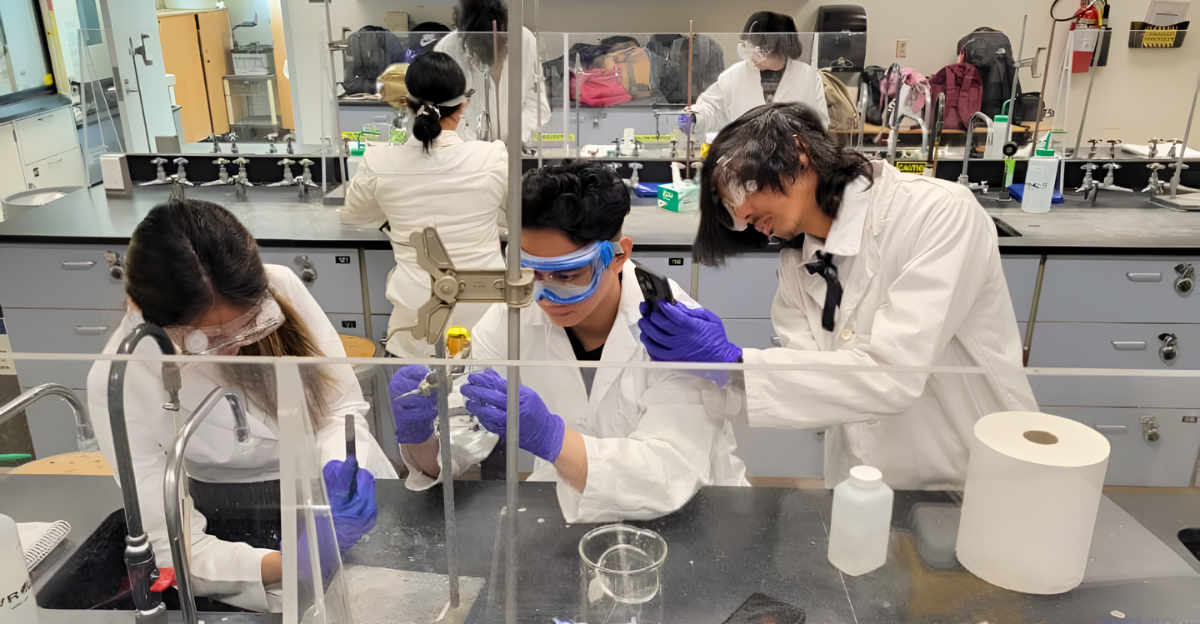
While Celltrion’s acquisition signals a proactive approach to enhancing U.S. production, experts caution about the operational challenges that accompany such initiatives. Successfully establishing production bases involves complex decisions and requires robust strategies for managing both local operations and international supply chains.
As one consultant highlighted, “It’s a delicate balancing act; companies need to ensure that localized production doesn’t hinder their global efficiency.” The insights from industry experts emphasize the need for a comprehensive approach that integrates local and international operations for optimal performance.
Future Integration Challenges

As Celltrion embarks on its journey to expand its U.S. operations, integrating its global supply chains with local production capabilities presents a significant challenge. This integration is not only crucial for immediate operational success but also for long-term sustainability in an ever-evolving industry.
“How well they manage this integration will determine their success,” remarked a supply chain analyst. This subtle, yet critical, transition will require deliberate planning and execution. As Celltrion navigates these complexities, its ability to align global strategies with local execution will be vital in achieving its objectives in the U.S. market.
Economic Context and Job Creation
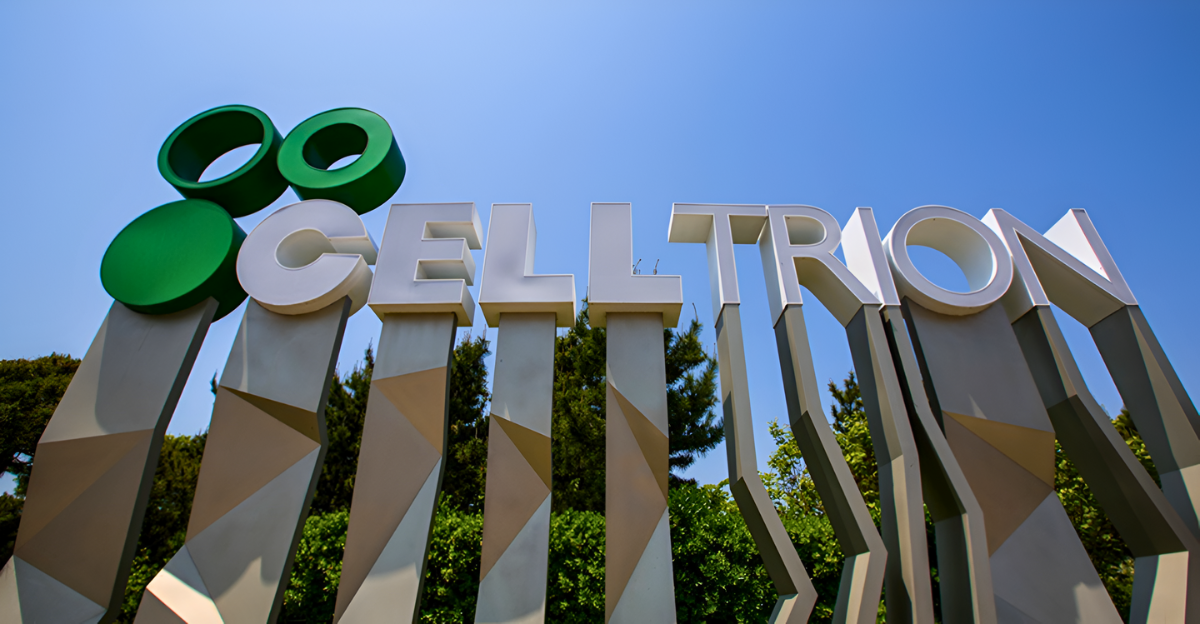
Celltrion’s acquisition comes at a time when U.S. manufacturing is increasingly scrutinized for job creation and economic impact. The establishment of a production facility is expected to generate new jobs and invigorate the local economy, addressing concerns over offshoring and inadequate domestic manufacturing.
Regional leaders have expressed optimism about the economic boost this investment is projected to bring, highlighting the importance of fostering such initiatives for community well-being. “Investments in local production not only create jobs but also contribute to economic stability,” commented a local economic development official.
Community Reactions
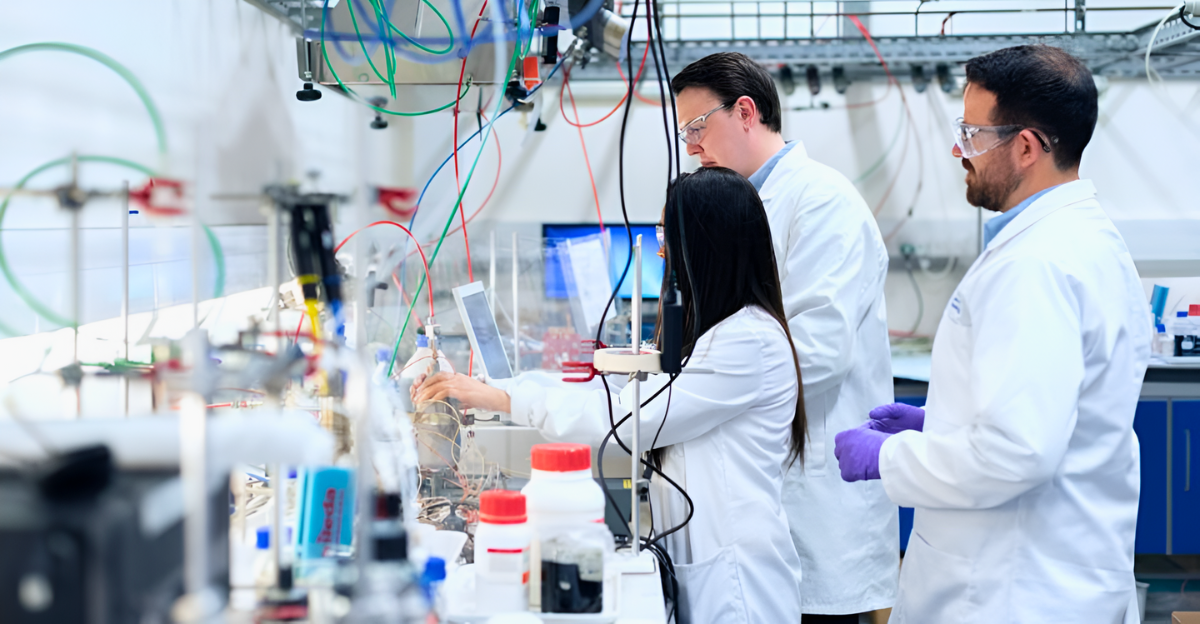
The community surrounding the New Jersey facility remains optimistic about the prospects of new job opportunities stemming from Celltrion’s acquisition. Residents and workers are hopeful that the expansion will lead to sustainable economic growth.
“We’re excited to see Celltrion grow in our area; it means jobs and stability for our families,” noted a factory worker. Community engagement and strong local ties will play a crucial role in the facility’s success and its ability to meet both the company’s and the community’s needs in the future.
Long-Term Strategic Vision

Celltrion’s acquisition reflects a commitment to long-term strategic investment in U.S. manufacturing. By prioritizing local production, the company is positioning itself to navigate future market challenges while ensuring compliance with regulatory requirements.
As the biopharmaceutical landscape continues to evolve, sustaining growth through investments like these may become essential for survival. The dedication to enhancing local capabilities aligns with overall industry trends and reflects a broader commitment to strengthening the domestic pharmaceutical manufacturing landscape.
A New Chapter for Celltrion
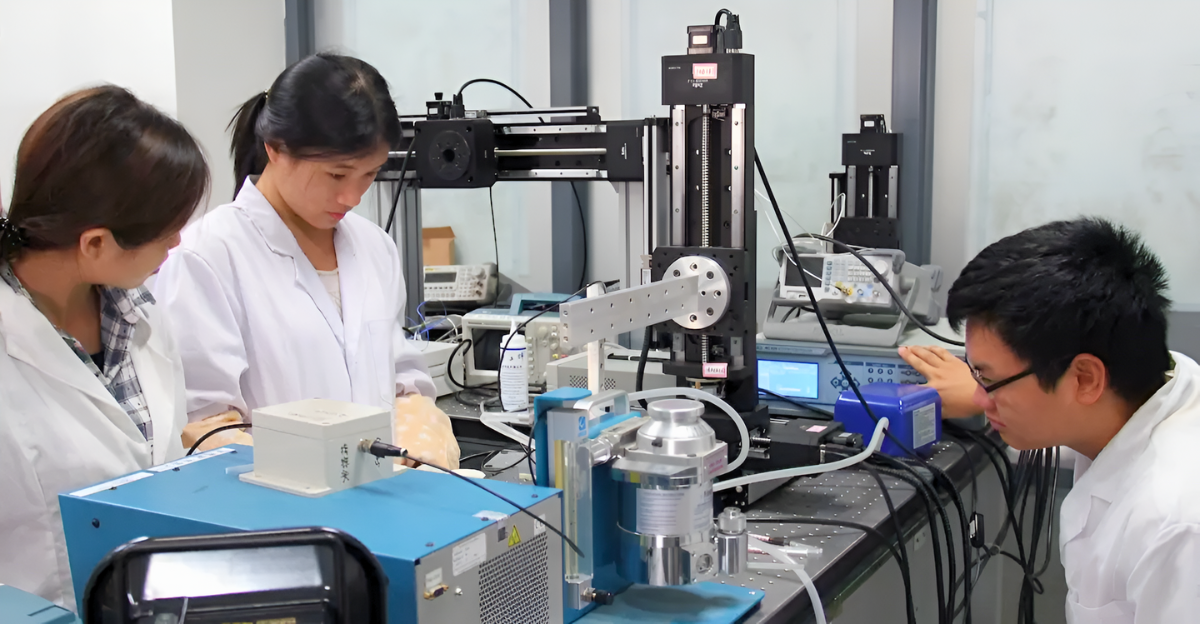
As Celltrion embarks on this new chapter with its New Jersey facility, the implications of its strategic acquisition will resonate throughout the industry. Aligning production capabilities with domestic policies positions the company favorably for growth.
As stakeholders closely monitor its integration of U.S. operations, the effectiveness of this approach will likely establish new benchmarks for industry practices moving forward. The journey ahead may be challenging, yet the foundation laid by this acquisition could serve as a model for other companies pursuing similar paths in the evolving pharmaceutical landscape.
What Lies Ahead
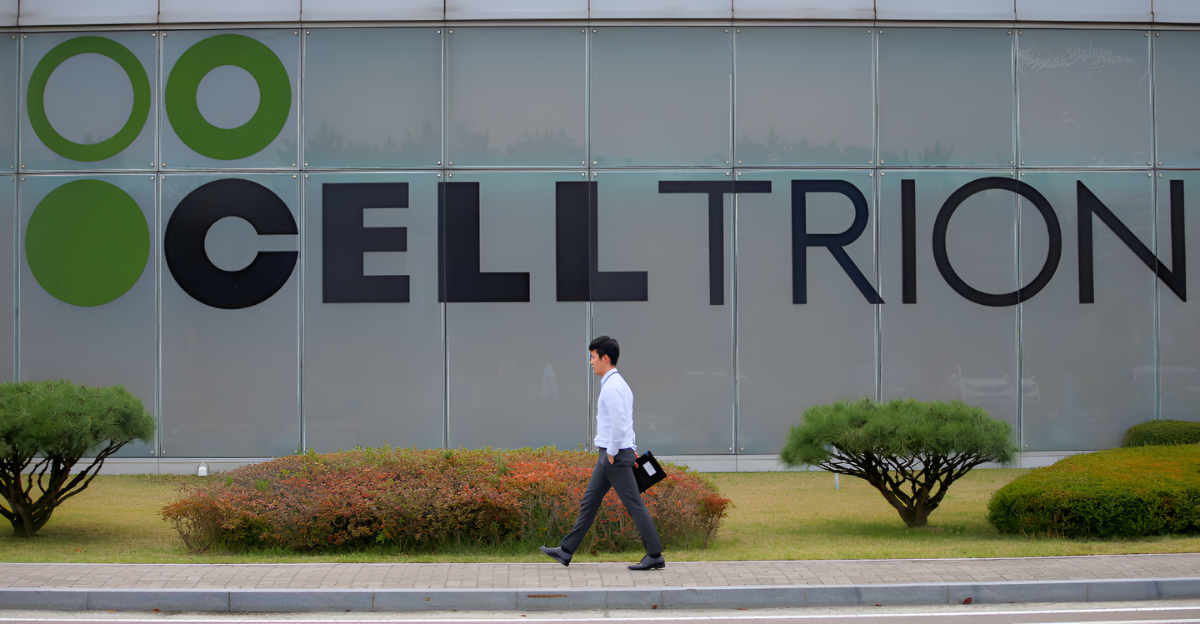
In summary, Celltrion’s acquisition of Eli Lilly’s manufacturing facility marks a significant shift within the pharmaceutical industry toward localized production strategies. With regulatory compliance, operational efficiency, and community engagement at the forefront, this investment illustrates the potential for economic revitalization through strategic foresight.
As the biopharmaceutical sector continues to adapt to new realities, Celltrion’s approach may inspire broader changes across the industry, setting standards for future investments in U.S. manufacturing and reshaping the landscape for years to come.